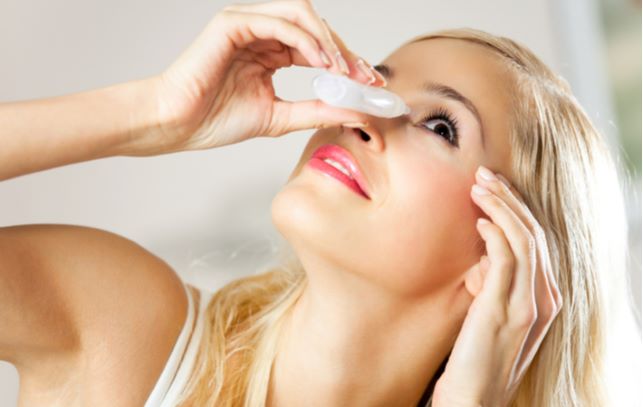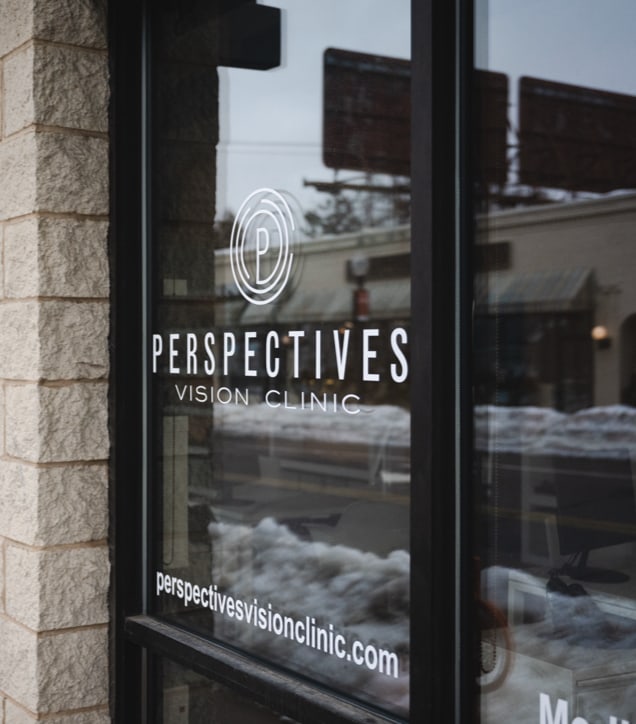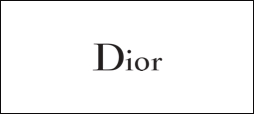Blurred vision. Burning sensations. Redness. The uncomfortable feeling of having something in your eye. If these sound like the problems you have with your eyes, you may be experiencing dry eye disease symptoms.
You don’t have to live with these frustrating and disruptive eye problems. There are dry eye therapies available that can provide relief. Some of them can even be found at your drugstore in the form of eye drops.
Unfortunately, finding relief isn’t as simple as popping the first eye drops you see into your irritated eyes. With any eye problem, it’s wise to visit your optometrist and eye care team for an eye exam; get a solid diagnosis of the problem before diving into remedies.
Between the efforts of your friendly ocular professionals and the convenient application of eye drops such as artificial tears, you can find comfort for your dry eyes.
What is Dry Eye Disease?
Dry eye disease, sometimes called dry eye syndrome or simply dry eye, is a condition where your tears don’t coat your eyes properly. This may be because of a problem with the tears’ quality or the volume of tears produced.
Dry eye symptoms include:
- A stinging or burning sensation
- The gritty feeling of something in your eye
- Redness or irritation
- Blurred vision
- Discomfort wearing contacts
- Excessive tearing
Dry eye disease is a widespread affliction, affecting nearly 16 million Americans. Dry eye symptoms can be worsened by:
- Aging
- Environmental conditions
- Laser eye surgery
- Screen use
- Wearing contact lenses for longer than recommended
- Certain medications & health conditions
Understanding Your Tears
To understand how to address your dry eye, it helps to know how your tears work. Your tears consist of 3 layers:
- A mucus layer: closest to the eye, it helps tears stick to the eye and spreads the watery layer evenly.
- A watery layer: makes up the majority of your tears, and keeps the eye clean and free of irritants.
- A lipid layer: also called the oil layer, it’s the outermost layer that keeps the surface of the eye smooth and holds the tears onto the eye.
Your tears keep your eyes refreshed and healthy by coating the entire surface of the eye. This helps flush out irritants and protect the eye. It also allows the lid to coast smoothly over the eye’s surface when blinking. Between comfort, hygiene, and protection, tears have a big role to play in healthy vision!
If there are gaps in the tear layer or the tear quality is poor, dry eye symptoms will likely follow.

Types of Eye Drops
It can be tempting to grab the first bottle of eye drops you see when searching for dry eye relief, but it pays to check in with your optometrist first. There’s a huge variety of eye drops available, and not all drops are created equal.
Though some eye drops are made to manage dry eye disease, others are intended to treat redness or relieve itchy eyes due to allergies. Using the wrong type of drops can even exacerbate your eye irritation further.
Over-the-Counter Artificial Tears
Artificial tears are often the go-to when treating dry eye disease. These provide relief, moisture, and lubrication to the eyes, making it easier to blink, see, and go about your day. Artificial tears mimic your natural tears, helping ease symptoms.
It’s important to search for preservative-free artificial tears, which are a better option when they need to be used multiple times per day. Preservatives can lead to further eye irritation in some users, particularly when applied regularly for extended periods of time.
There are multiple types of artificial tears available, so finding the drops that work best for you may take some time. The tear layers are complicated, and different artificial tear blends may address different tear problems, such as eye coating, oil stabilization, or tear makeup.
Artificial tears also come in the form of gels, inserts, or ointments. These are generally thicker than drops and can cause temporary blurred vision, so many people prefer to use these before bed.
Prescription Eye Drops
Your eye doctor can offer prescription eye drops, which may help treat underlying causes of dry eye disease. Prescription eye drops may target inflammation or infection.
Steroid eye drops can be prescribed to manage eye inflammation but can only be used short term.
For severe dry eye disease cases, there is even the option of having autologous serum eye drops made. These are synthesized using a small sample of your own blood.
As with all prescription products, it’s critical to use these eye drops as directed by the prescribing doctor. Some are only designed for short-term use, while others can be used for longer periods.
Allergy Drops
Allergy eye drops use anti-histamines to stop eye irritation caused by specific allergens, such as grass, pollen, or pet dander. These may help treat eye itchiness, but there are differences between dry eye disease and allergic eye reactions.
Anti-Redness Drops
Redness-reducing eye drops are generally only recommended for very infrequent use. Extended use may even increase red-eye frequency, including rebound redness, and can exacerbate eye conditions, including glaucoma.
Find Relief for Your Dry Eyes
Book an appointment with your optometrist to discover the best eye drop options to ease the irritation caused by dry eye. Your eye care team can advise the best course of action (and the most appropriate drops) for your dry eye symptoms.
Outside of eye drops, remedies like punctal plugs, warm compresses, and technologies like intense pulsed light therapy (IPL) can be provided by an eye care professional. Talk to your eye care team to see how they can address your dry eyes.










